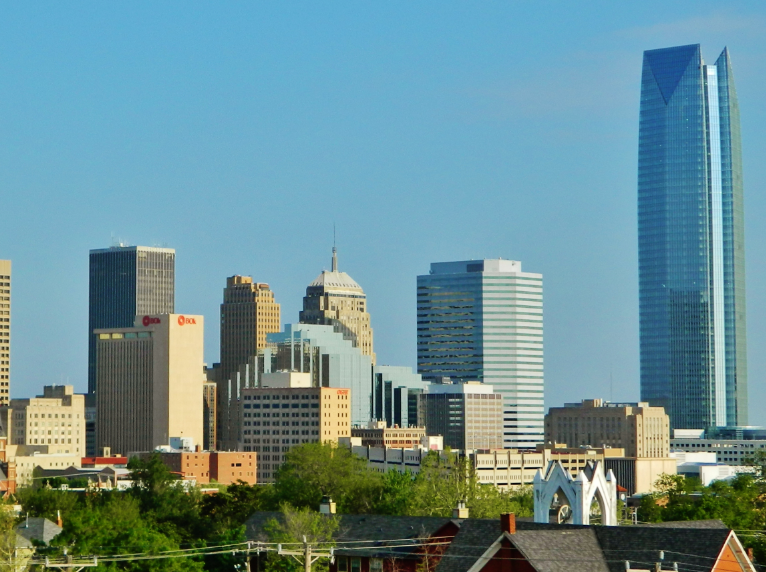The campaign to bring recreational cannabis to Oklahoma voters is gearing up for a second go. Beginning next week, organisers will begin collecting signatures to put adult-use marijuana legalisation back on the ballot. It’s bold, familiar territory for the Sooner State—and this time, they’re not leaving it to chance.
After a bruising defeat last year, where a similar measure failed at the polls, organisers behind the new push say they’ve learned their lessons. With an earlier start, clearer messaging, and refined goals, they believe Oklahomans are ready for change.
And the calendar matters. If all goes as planned, voters will weigh in during the June 2026 primary. That’s not just a strategic choice—it might be their best shot at winning.
Why Now? The Politics Behind the Timing
The timing isn’t random. Oklahoma’s last attempt at legalisation—State Question 820—was held during a March 2023 special election. Turnout was low. The effort failed.
This time, ORCA (Oklahomans for Responsible Cannabis Action) is eyeing a broader electorate.
Organiser Jed Green says they’re going straight for the June 2026 primary. It’s a higher-turnout event, and historically more representative of the state’s overall voting population. That could shift the needle.
And let’s be honest—part of this is about politics. Oklahoma’s Republican-led legislature has shown no real appetite for reform. So ORCA is going back to voters directly.

What the Proposal Actually Says
So what would State Question 837 do, exactly?
It’s not a total overhaul. In fact, it builds on Oklahoma’s existing—and surprisingly large—medical cannabis framework. Here’s what the new proposal would bring:
-
Adults 21 and over could buy cannabis from already licensed MMJ dispensaries
-
A 10% excise tax would be added to adult-use sales
-
Existing medical marijuana laws would stay untouched, overseen by the OMMA (Oklahoma Medical Marijuana Authority)
-
Local governments could still set limits on where businesses operate—but not ban cannabis outright
It’s a clean, straightforward structure, which may help with voter appeal.
Supporters say this approach prevents confusion while boosting revenue. Critics, however, argue it’ll worsen enforcement issues in an already “oversaturated” cannabis market.
The Numbers: Oklahoma’s Cannabis Economy Is No Joke
Cannabis is already big business in Oklahoma—thanks to a famously lenient medical marijuana program launched in 2018. Since then, the state has seen an explosion in licensed growers, dispensaries, and cardholders.
Here’s a look at key numbers as of early 2025:
| Metric | Data |
|---|---|
| Licensed cannabis businesses | 6,398 |
| Registered MMJ patients | Over 350,000 |
| 2024 cannabis sales (est.) | $978 million |
| 2024 tax revenue from MMJ | $143 million |
| Average monthly dispensary sales | $81,500 per location |
That’s a massive ecosystem—especially for a state of fewer than 4 million people.
But it’s not all good news. Oversupply issues have driven wholesale prices down. Regulatory enforcement has struggled to keep up. Legalisation could either stabilise or stress the market further.
Who’s Pushing—and Who’s Pushing Back
Jed Green and his group aren’t new to this. ORCA has been part of multiple cannabis-related ballot initiatives over the years. They believe the public mood has shifted—even if politicians haven’t.
But not everyone’s cheering them on.
Opposition is expected from the Oklahoma State Medical Association, law enforcement unions, and certain faith-based advocacy groups. Their concerns? Increased access for minors, road safety risks, and black market spillover.
The politics are getting sharp. In a recent statement, State Rep. Jim Olsen (R-Roland) said legalisation would turn Oklahoma into a “haven for high crime and addiction.”
Still, polls from 2023 showed around 48% support for adult-use legalisation—narrow, but not far off a majority.
What’s Next: The Signature Sprint
The campaign launches its signature collection drive on 6 August. From there, the clock starts ticking.
To qualify for the June ballot, ORCA must gather 92,262 valid signatures within 90 days. That’s not easy—but not impossible either.
They plan to use paid canvassers, volunteers, and digital outreach to hit the number.
This is where past mistakes may pay off. In the previous campaign, administrative delays and late filings tanked momentum. ORCA insists it’s more organised now—and more in sync with state election procedures.
Whether that’s true or not, time will tell.
Could Oklahoma Actually Legalise It This Time?
It’s anyone’s guess.
On one hand, Oklahoma has a thriving cannabis culture. Despite being a deep red state, its medical programme is one of the most accessible in the country. That suggests a pragmatic view among voters.
But conservative resistance remains loud, well-funded, and politically connected.
The June ballot may favour moderates and younger voters—groups more likely to back legalisation. And the proposal’s tax revenue pitch could appeal to rural counties desperate for funds.
For now, it’s a waiting game. But if signatures roll in and momentum grows, State Question 837 could be the next cannabis showdown in middle America.
